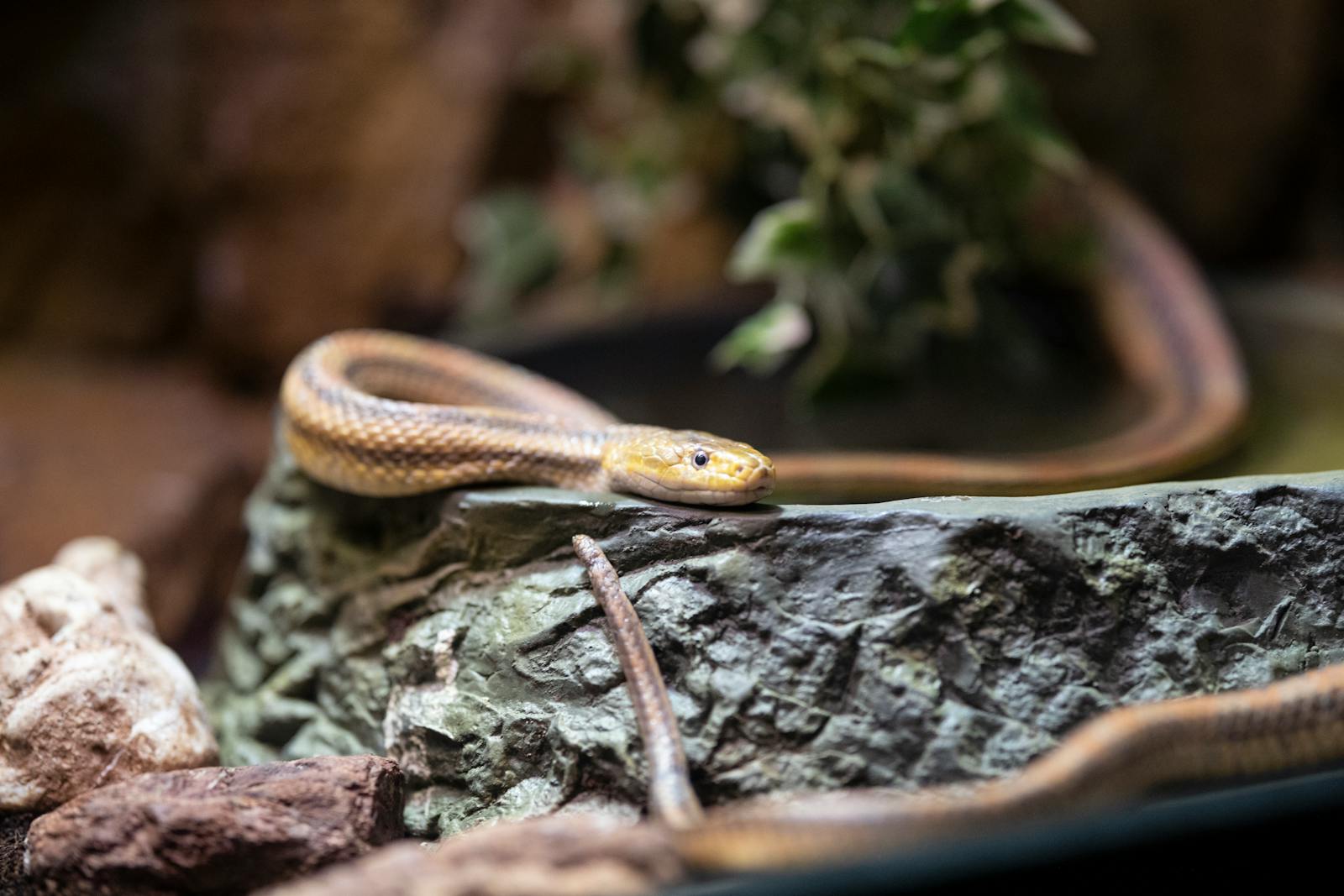When encountering a snake in the wild, differentiating between venomous and non-venomous species can be crucial for safety. Contrary to popular belief, you don’t need to handle a snake to identify it. Understanding key visual characteristics and behaviors can help you make this distinction from a safe distance. This knowledge is valuable whether you’re a nature enthusiast, a homeowner encountering snakes on your property, or someone who enjoys outdoor activities. Learning to identify non-venomous snakes can not only keep you safe but also foster appreciation for these often misunderstood creatures that play important roles in our ecosystems.
Understanding Snake Diversity and Distribution
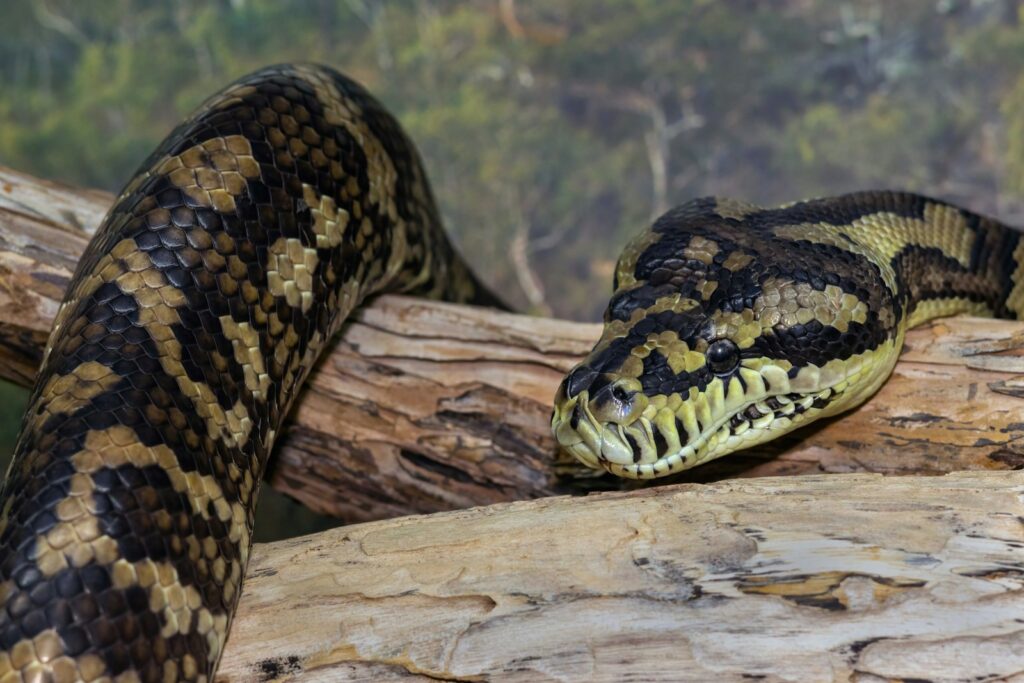
Snake species vary dramatically across different geographical regions, with approximately 3,900 species worldwide and only about 600 venomous ones. Familiarizing yourself with common species in your local area significantly narrows down identification possibilities and increases accuracy. Field guides specific to your region or smartphone apps designed for snake identification can be invaluable resources for quick reference. Remember that snake populations change seasonally, with some species being more active during warmer months and others having specific habitat preferences. Understanding these patterns can help you anticipate which species you might encounter during various outdoor activities.
Head Shape as an Identification Tool
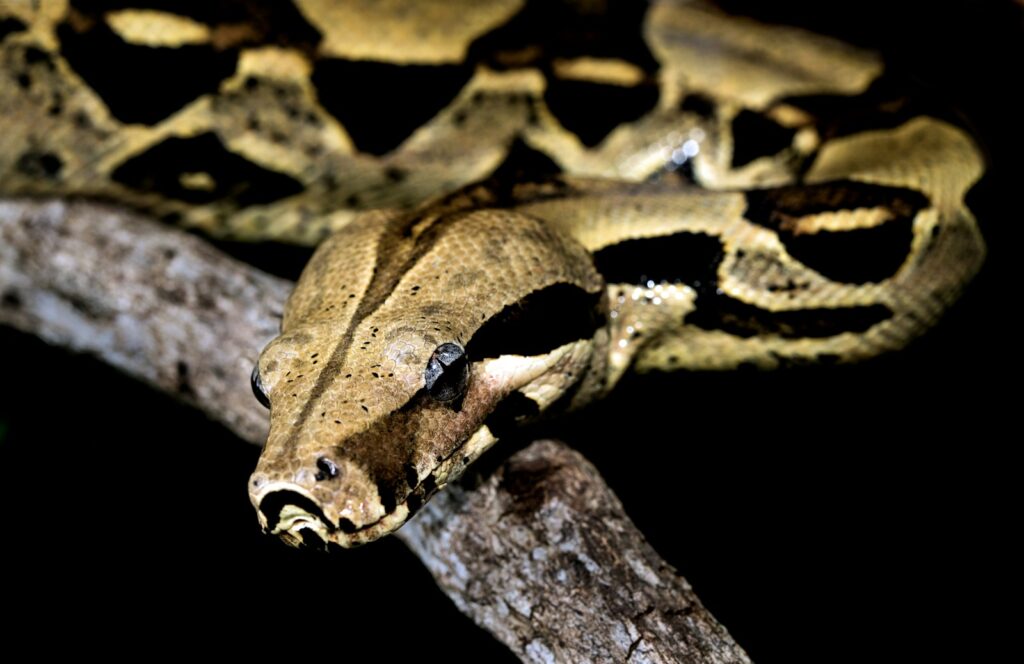
Head shape provides one of the most accessible visual clues for identifying non-venomous snakes from a distance. Many non-venomous species typically have rounded or oval-shaped heads that blend smoothly into their bodies without a distinct neck region. This contrasts with many venomous species, particularly vipers, which often display triangular or arrow-shaped heads due to venom glands behind their eyes. However, this guideline has important exceptions, as some non-venomous snakes can flatten their heads when threatened, creating a triangular appearance as a defensive display. Additionally, some venomous species like coral snakes have rounded heads similar to their non-venomous counterparts. Therefore, head shape should be considered alongside other characteristics rather than in isolation.
Pupil Shape and Eye Position
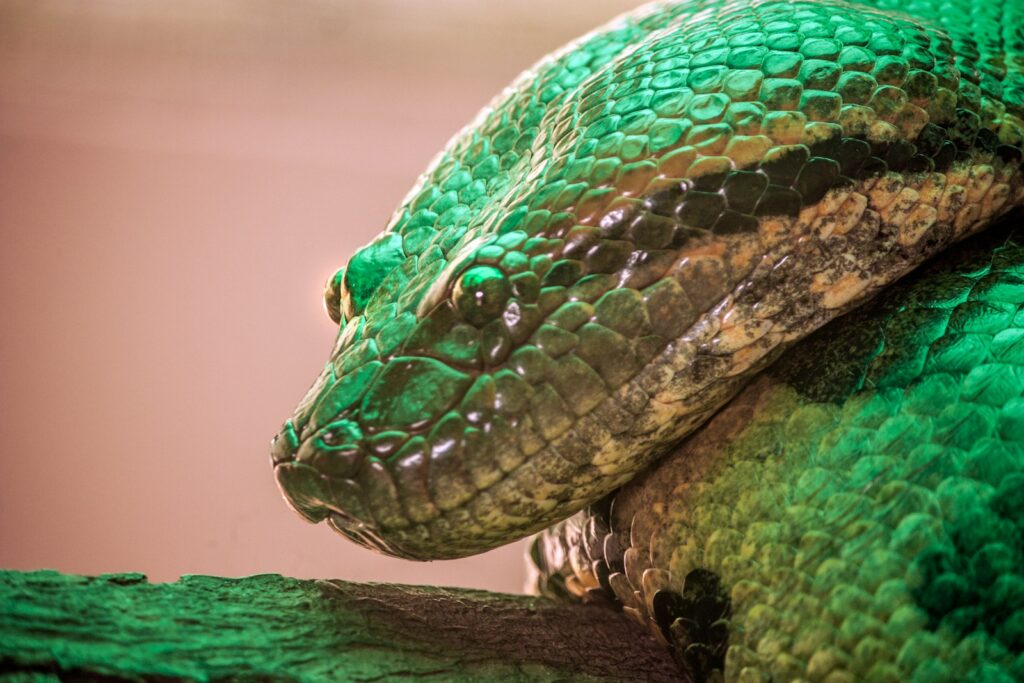
The eyes of a snake can reveal important clues about its potential venomous status, though you’ll need to be at a safe distance with good visibility to observe this feature. Many non-venomous snakes have round pupils, while numerous pit vipers and other venomous species often possess vertical, elliptical pupils similar to cats. Additionally, the position of the eyes on the head can provide further information—non-venomous species typically have eyes positioned on the sides of their heads, while venomous species often have more forward-facing eyes. This characteristic evolved alongside hunting strategies, with non-venomous species generally being active hunters that need wider visual fields. Remember that lighting conditions can affect pupil dilation, so this characteristic works best in daylight conditions when pupils are in their natural state.
Color Patterns and Markings
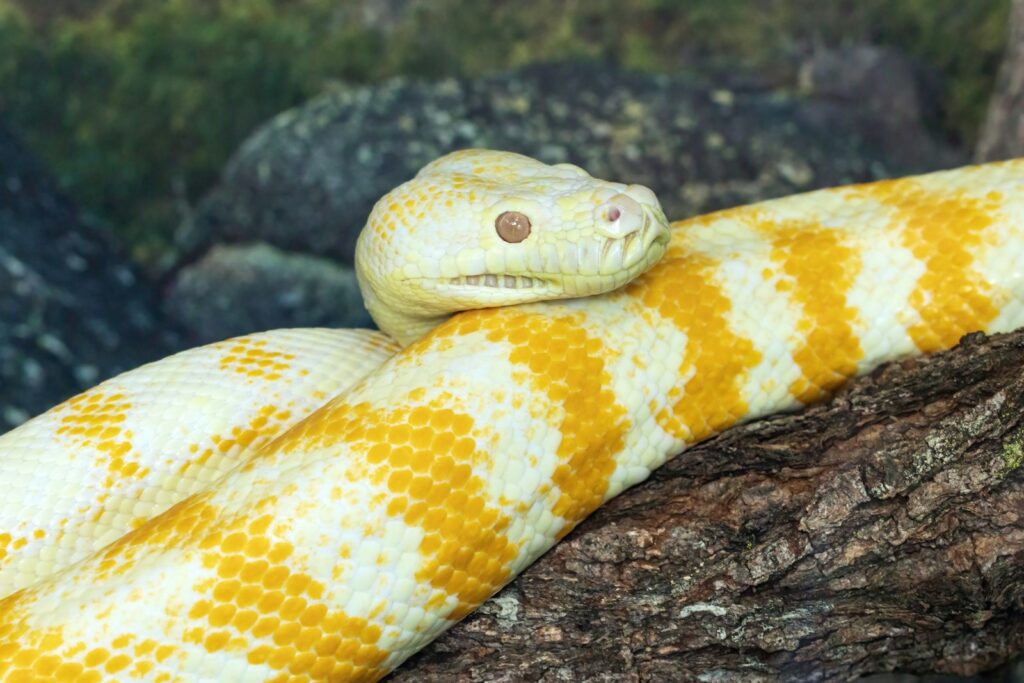
Color patterns serve as another helpful identifier when distinguishing between venomous and non-venomous snakes. While vibrant colors and bold patterns can appear in both groups, certain patterns are more characteristic of specific species. Many non-venomous water snakes, for instance, have irregularly shaped blotches or bands that break up along their sides, unlike the more uniform patterns of venomous water moccasins. The common rhyme “red touch yellow, kill a fellow; red touch black, friend of Jack” helps distinguish between venomous coral snakes and their non-venomous mimics like scarlet kingsnakes in North America. However, coloration varies greatly by region and species, so local knowledge is essential for accurate identification. Additionally, juvenile snakes may display different coloration than adults, adding another layer of complexity to identification by color alone.
Body Shape and Size
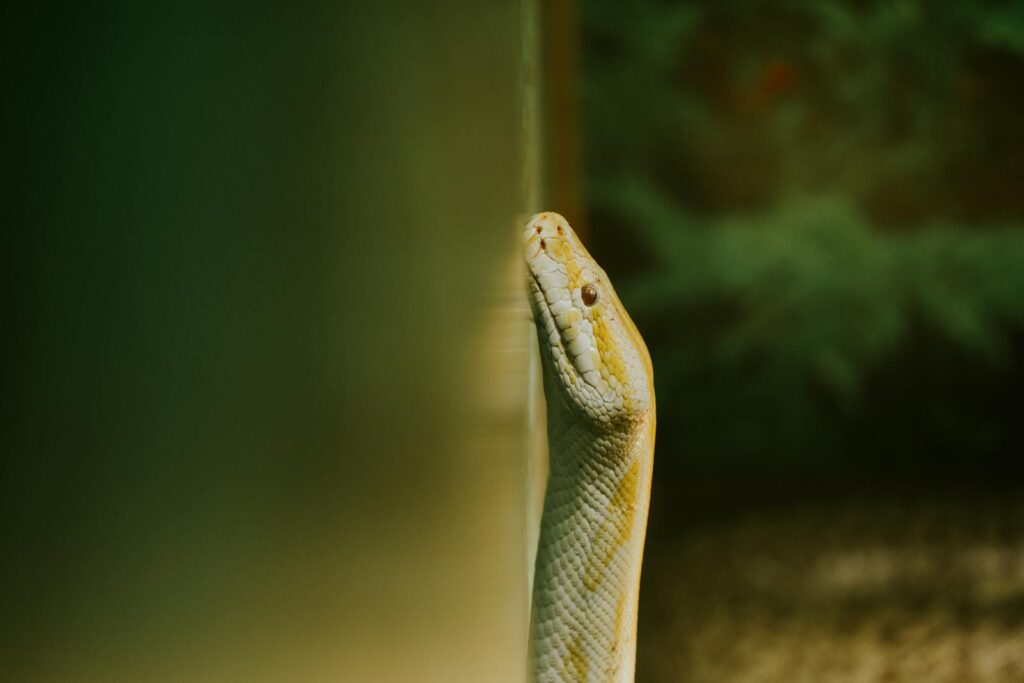
The overall body shape of a snake can provide substantial clues about whether it’s venomous or non-venomous. Many non-venomous species have slender, elongated bodies with a gradual taper from head to tail, maintaining a relatively uniform thickness throughout. Venomous species, particularly vipers, often display stockier builds with more dramatic tapering toward the tail and thicker midsections. The length-to-width ratio can be particularly telling—non-venomous species like garter snakes and racers typically appear much longer relative to their width compared to venomous counterparts like copperheads or rattlesnakes. Additionally, certain non-venomous snakes like kingsnakes and rat snakes can grow quite large, often exceeding four feet, while many venomous species in the same regions remain comparatively smaller at maturity.
Behavior and Movement Patterns
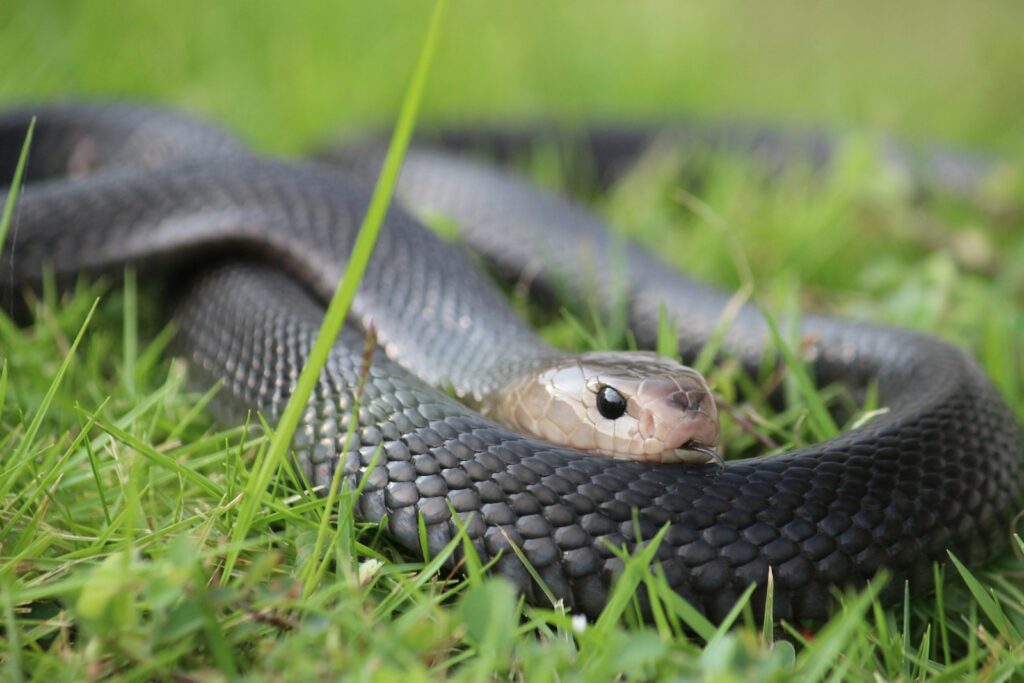
How a snake moves and behaves can provide valuable identification clues without requiring close contact. Non-venomous snakes typically demonstrate smooth, continuous movement when traveling, often moving in S-shaped curves. Many are excellent climbers and swimmers, with species like rat snakes frequently found ascending trees or buildings. When threatened, non-venomous snakes commonly flee rather than stand their ground, though they may vibrate their tails mimicking rattlesnakes when cornered. Their defensive displays often include hissing, striking with closed mouths, or releasing musk as deterrents rather than delivering venomous bites. Some non-venomous species like hognose snakes are known for elaborate defensive displays, including playing dead when severely threatened—a behavior rarely seen in venomous species.
Habitat and Location Context
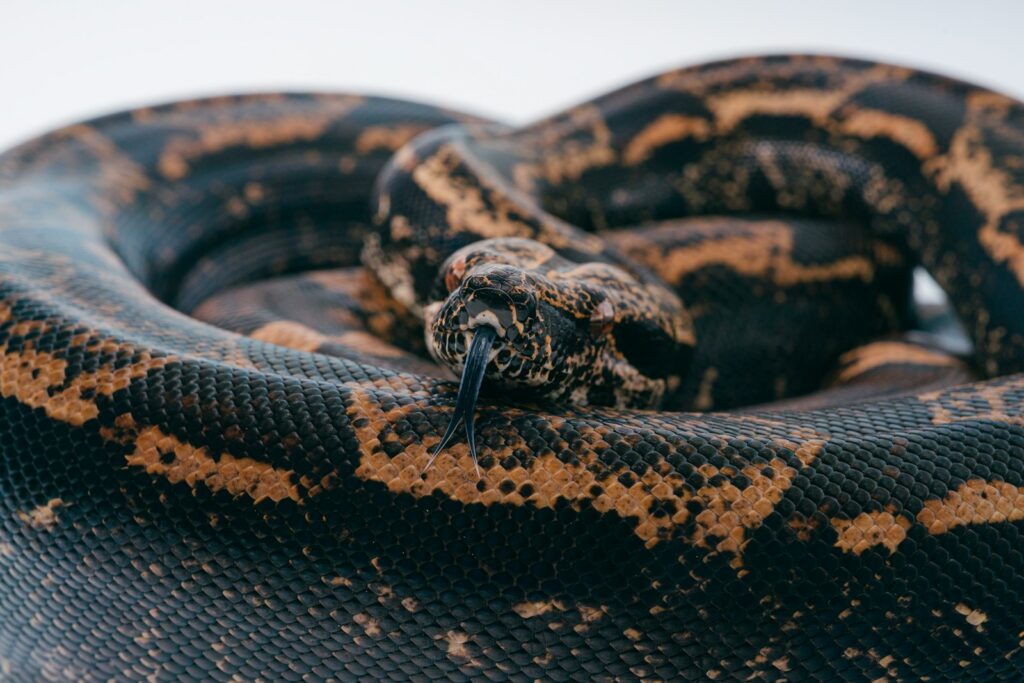
Understanding where you’ve encountered a snake can significantly narrow down identification possibilities, as different species have distinct habitat preferences. Many non-venomous species like garter snakes and rat snakes adapt well to human-modified environments, frequently appearing in suburban yards, parks, and agricultural areas. Water-loving non-venomous species such as water snakes typically bask on rocks or logs at water edges, while tree-dwelling species like green snakes might be found in shrubs or low branches. Knowing that certain non-venomous species like kingsnakes often prey on venomous snakes creates interesting ecological dynamics—finding one might actually indicate the presence of venomous species nearby. Seasonal patterns also matter, as many non-venomous snakes become more visible during spring breeding seasons or fall when seeking winter shelter.
Presence or Absence of a Rattle

The presence of a rattle at the end of a snake’s tail immediately identifies it as a rattlesnake, which is venomous in all cases. Conversely, a snake lacking this distinctive feature cannot be a rattlesnake, though it could still be another venomous species. Some non-venomous snakes mimic rattlesnakes by vibrating their tails against leaves or debris, creating a buzzing sound similar to a rattle. This defensive behavior occurs in species like rat snakes, gopher snakes, and milk snakes when they feel threatened. Remember that juvenile rattlesnakes may have only a single button (pre-rattle segment) that doesn’t yet produce the characteristic sound, requiring careful observation of other features for identification. Additionally, rattlesnakes that have lost their rattles through injury still display other venomous characteristics like triangular heads and heat-sensing pits.
Scale Patterns and Anal Plate Configuration
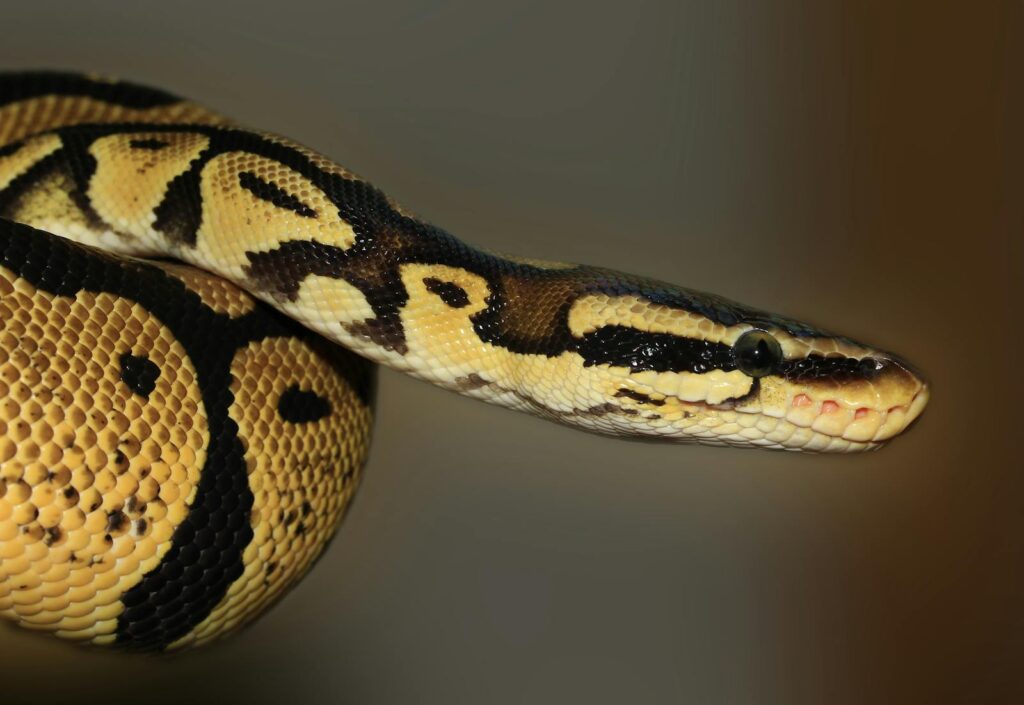
Scale patterns provide reliable identification markers, particularly the arrangement of ventral (belly) scales and the configuration of the anal plate—the large scale covering the cloaca. Many non-venomous snakes have divided anal plates, appearing as two overlapping scales, while most pit vipers have single, undivided anal plates. The arrangement of subcaudal scales (under the tail) similarly differs, with non-venomous species often having paired scales and many venomous species displaying single scales. Though these features ideally require closer examination than is safe with unknown snakes, they can sometimes be observed when a snake is crossing a path or climbing. Additionally, some non-venomous species have distinctively keeled scales (with ridges) while others have smooth scales, providing another potential identifier when viewed from a safe distance with good lighting.
Using Technology for Safe Identification
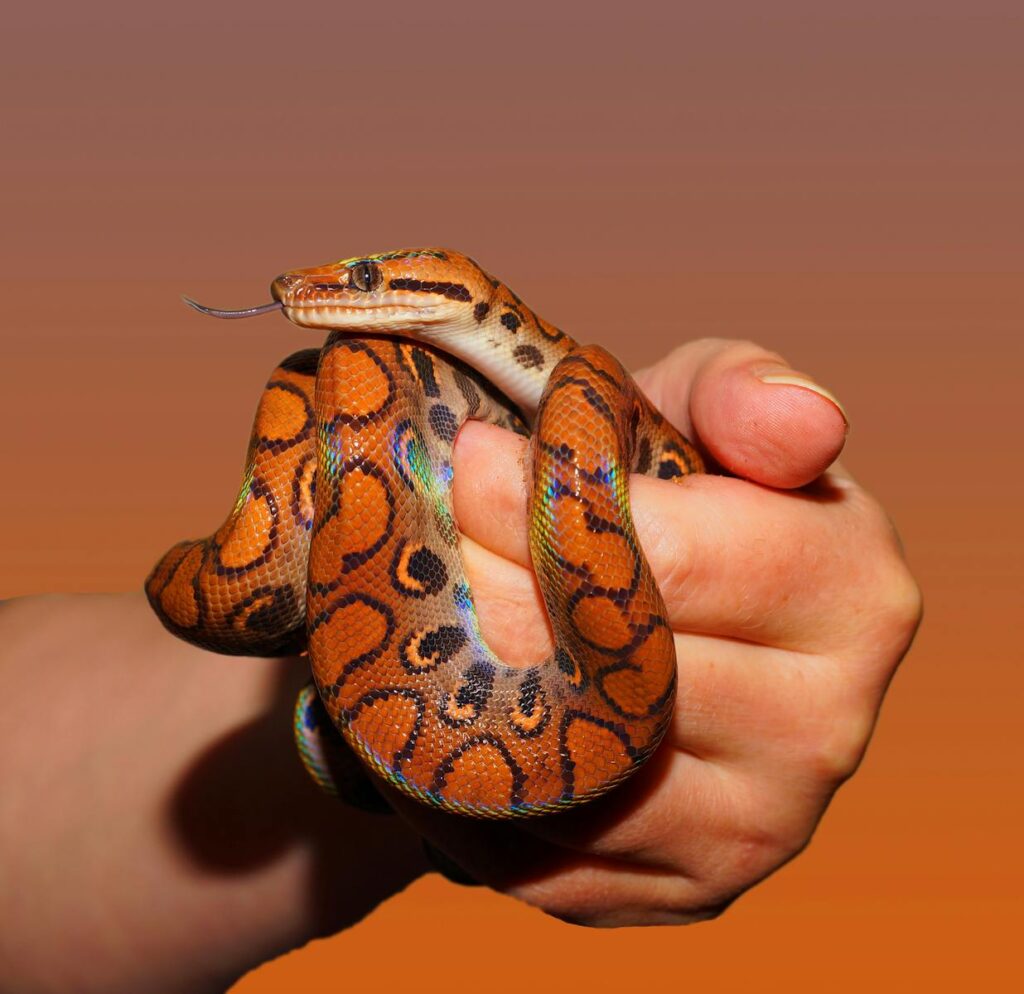
Modern technology offers excellent tools for identifying snakes without direct contact. Smartphone apps like iNaturalist, Snake ID, and regional wildlife identification apps allow you to photograph snakes from a safe distance and receive identification assistance from both algorithms and human experts. Many wildlife agencies and university extension services offer hotlines or email services where you can send photos for professional identification by herpetologists. Social media groups dedicated to snake identification have also become valuable resources, with strict protocols requiring location information and clear photographs for accurate species determination. These technological solutions not only keep you safe but also contribute valuable citizen science data about snake distribution and behavior to conservation efforts.
Common Non-Venomous Snake Families

Familiarizing yourself with major non-venomous snake families can significantly improve identification skills. Colubrids represent the largest snake family, including familiar species like garter snakes, rat snakes, kingsnakes, and racers—generally characterized by round pupils, smooth scales, and relatively slender bodies. Boas and pythons, while potentially dangerous due to constricting abilities, lack venom and typically have distinctive head patterns, heat-sensing pits (like venomous pit vipers), and thick, muscular bodies. Blind snakes, small worm-like species with reduced eyes, represent another entirely non-venomous group often encountered in gardens. Each family has evolved distinctive traits adapted to their ecological niches, resulting in recognizable characteristics that help with identification. Understanding these family-level traits provides a framework for identifying unfamiliar species when encountered.
What to Do When Encountering a Snake
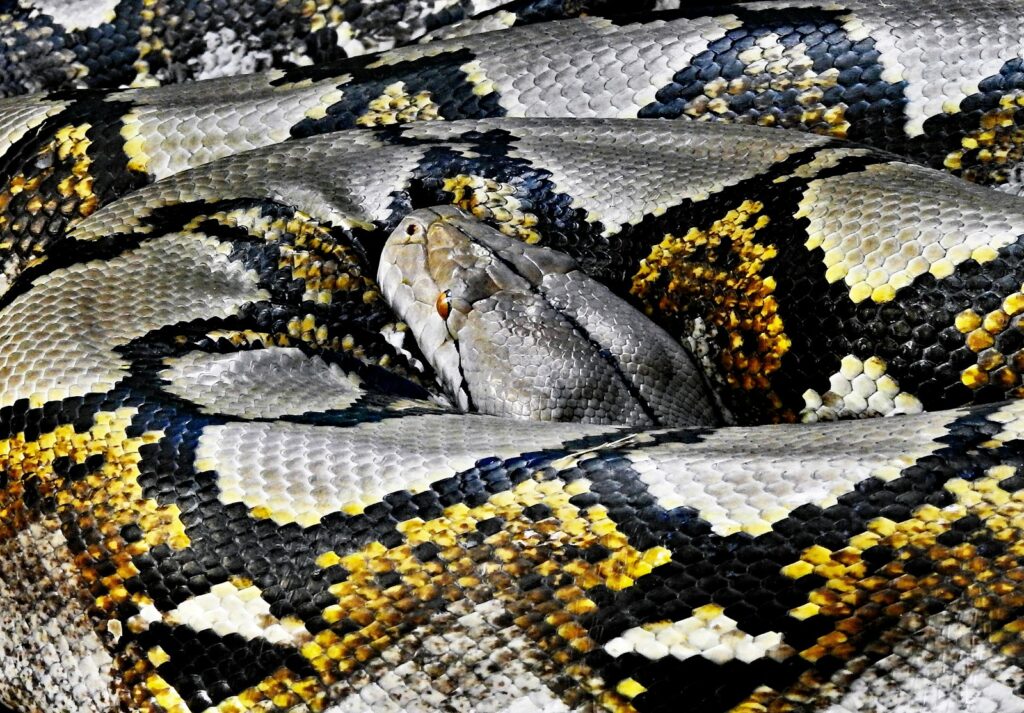
When encountering any snake, the safest approach is to maintain a respectful distance regardless of your identification skills. Even non-venomous snakes can deliver painful bites when threatened, and misidentification risks remain even for experienced observers. If you encounter a snake, remain calm and either slowly back away or stand still until the snake moves along, as most snakes prefer avoiding human interaction. Never attempt to kill, capture, or handle a snake, as these actions dramatically increase bite risk and unnecessarily harm beneficial wildlife. If the snake is inside a building or in an unsafe location, contact local wildlife authorities or snake removal specialists rather than attempting removal yourself. Remember that in most regions, snakes are protected by wildlife regulations, making it illegal to kill them without proper justification.
Regional Identification Considerations
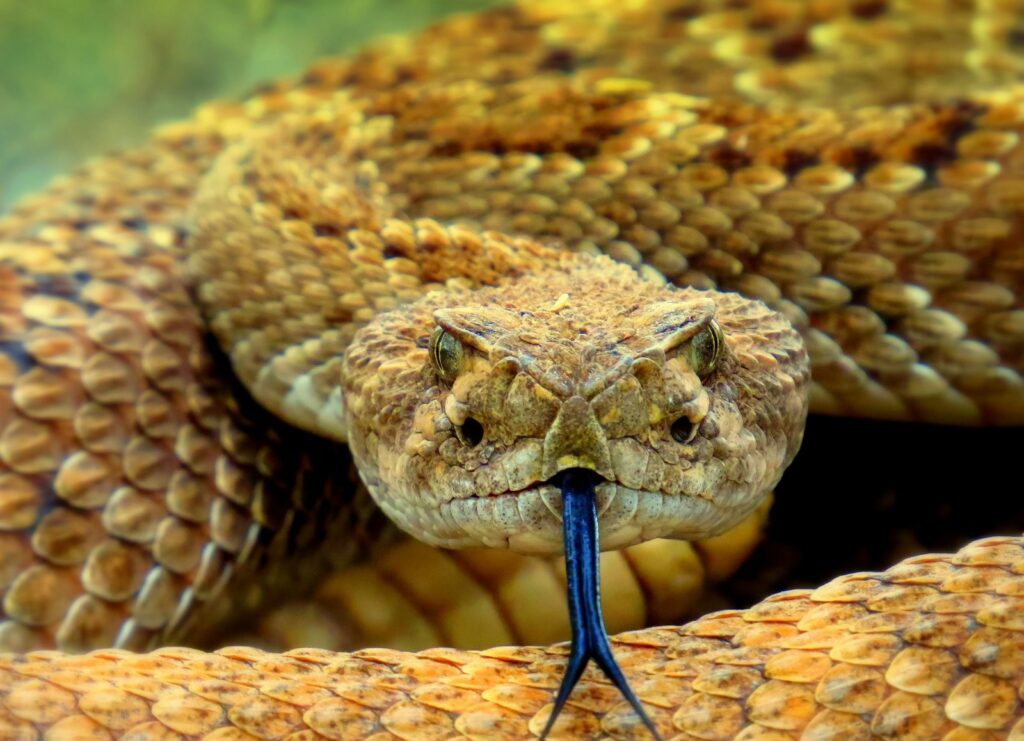
Snake identification guidelines vary significantly by geographic region, requiring adjusted approaches depending on your location. In North America, the head shape rule works reasonably well because most venomous species are pit vipers with distinctive triangular heads, with coral snakes being the notable exception. Australian snake identification presents greater challenges, as many highly venomous species have body types and head shapes similar to non-venomous snakes, making identification more complex. European snake identification generally involves fewer venomous species, with vipers being the primary concern and displaying characteristic zigzag patterns. Tropical regions host incredible snake diversity requiring specialized regional knowledge, often making professional identification services particularly valuable. Understanding these regional variations helps adjust your identification approach and safety precautions appropriately.
Building Your Snake Identification Skills
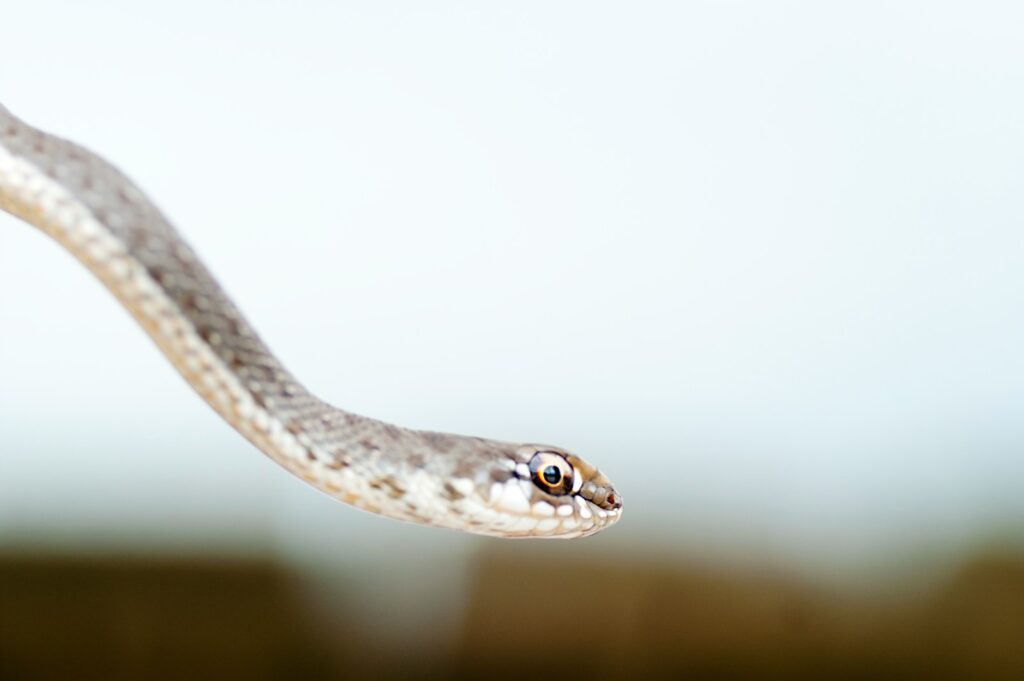
Developing reliable snake identification skills requires ongoing education and practice beyond a single article or field guide. Local nature centers, wildlife agencies, and herpetological societies frequently offer workshops and field trips led by experts who can demonstrate identification techniques in safe environments. Volunteering with wildlife rehabilitation centers that handle snake rescues provides supervised exposure to various species under expert guidance. Building a personal reference library of regional field guides and reputable online resources creates a knowledge foundation you can continually expand. Practice identifying snakes from photographs before attempting field identification, starting with distinctive species before tackling more challenging look-alikes. Remember that even experts occasionally need to consult colleagues on difficult identifications, so approach this skill with both enthusiasm and appropriate humility.
Conclusion
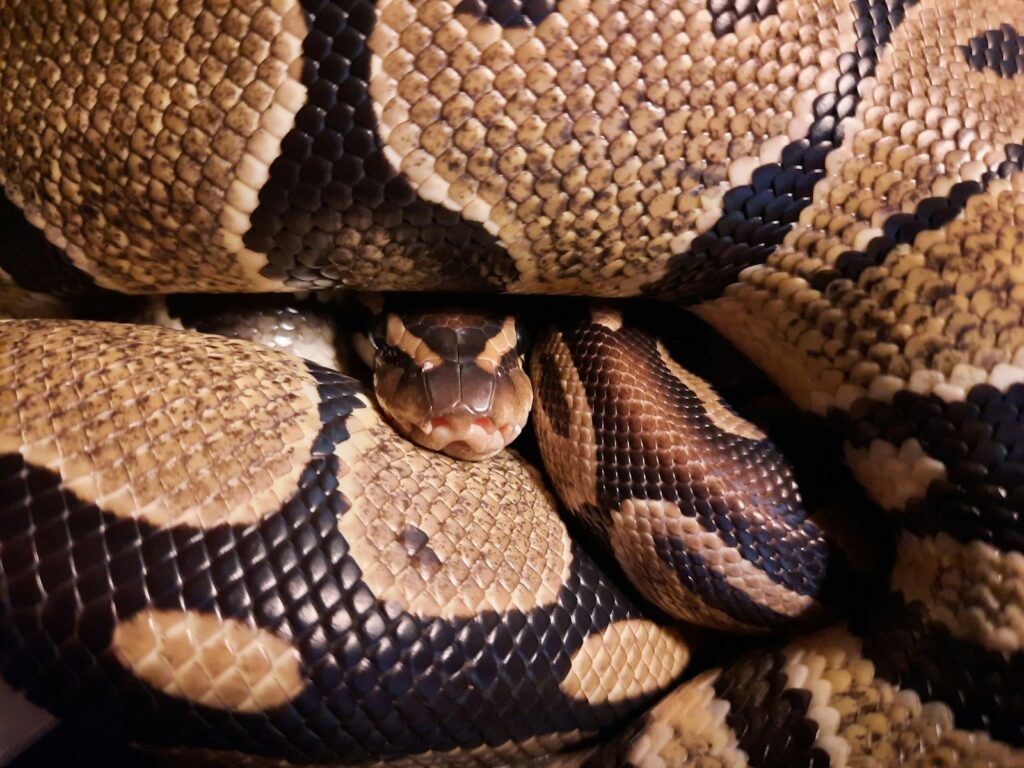
Identifying non-venomous snakes without touching them involves observing multiple characteristics rather than relying on a single trait. By examining head shape, pupil form, color patterns, body structure, and behavior from a safe distance, you can make educated assessments about a snake’s status. Remember that regional variations exist, and no identification method is infallible. Modern technology offers valuable assistance through apps and expert networks when uncertainty arises. Regardless of identification, all snakes deserve respect and distance, as they perform valuable ecological functions. With practice and education, distinguishing between venomous and non-venomous species becomes easier, enhancing both safety and appreciation for these fascinating reptiles.

